Disclosure: This article contains affiliate links. We may earn a commission from purchases at no extra cost to you, which helps our travel content.
The morning light filters through intricate wooden latticework, casting geometric shadows across my notebook as I sit in a 19th-century courtyard in Irkutsk. The air carries the scent of cedar and the distant aroma of freshly baked bread. Having documented sporting traditions across five continents, I've developed a fascination with how cultural heritage manifests in physical spaces. Few places illustrate this connection more vividly than Irkutsk, Siberia's 'Paris of the East.' This 350-year-old city, originally a Cossack fortress turned exile destination for Russia's intellectual elite, offers a remarkable architectural timeline spanning Siberian wooden craftsmanship, neoclassical grandeur, and Soviet functionality. As someone who has spent decades observing how environments shape cultural identity, Irkutsk presents a compelling narrative of resilience, artistic expression, and historical preservation that rivals many of Europe's celebrated heritage sites—yet remains refreshingly authentic and uncrowded.
Wooden Lace: Irkutsk's Architectural Signature
The term 'Siberian Baroque' might sound like an oxymoron to Western ears, but Irkutsk's wooden architecture defies expectations at every carved corner. These timber treasures—many dating to the 18th and 19th centuries—showcase a level of craftsmanship that speaks to the soul of this place and its people.
Walking along Karl Marx Street (a name that always strikes me as somewhat ironic given the ornate merchant houses it hosts), I'm reminded of cricket grounds I've visited in rural England—both share that sense of time-honored tradition maintained through generations of dedicated caretakers. The wooden homes feature intricately carved window frames called nalichniki—elaborate protective frames that serve both practical and spiritual purposes in Russian folk tradition.
My favorite discovery came on a side street near Dekabristen Museum, where a local babushka invited me into her courtyard to photograph her family home's remarkable blue-and-white façade. 'My great-grandfather carved those patterns,' she told me through my translation app. 'Each symbol has meaning—protection, prosperity, connection to ancestors.'
Photographing these details requires patience and the right equipment. My telephoto lens has proven invaluable for capturing the intricate details high on the facades without distortion. The stabilization features are particularly helpful in the soft morning light when tripods might attract too much attention in residential areas.

💡 Pro Tips
- Visit early morning (before 9am) or during golden hour for the best light on wooden facades
- Download the Irkutsk Wooden Architecture app with GPS-guided walking routes
- Carry small gifts (New Zealand chocolates worked well for me) to thank residents who allow photography of private homes
The Exiles' Legacy: Decembrist Heritage
The story of Irkutsk cannot be told without acknowledging the Decembrists—aristocratic revolutionaries exiled to Siberia following their failed 1825 uprising against Tsar Nicholas I. Their presence transformed Irkutsk from frontier outpost to cultural center, bringing European sensibilities to this remote Siberian city.
Two restored manor houses—the Volkonsky and Trubetskoy estates—now serve as museums documenting this remarkable chapter of Russian history. Walking through the Volkonsky House Museum, I was struck by parallels to New Zealand's early European settlements—both representing attempts to recreate familiar cultural environments in challenging new territories.
What makes these museums exceptional isn't just their historical significance but the personal narratives they preserve. The love letters between exiled Decembrists and their wives (many of whom voluntarily followed their husbands into Siberian banishment) reveal a devotion that transcended political ideology.
The piano in Maria Volkonskaya's drawing room—shipped at extraordinary expense across thousands of miles of wilderness—stands as testament to the determination to maintain cultural life at the edge of the Russian Empire. As I sat in the garden where the Volkonskys once hosted Irkutsk's intellectual gatherings, I couldn't help but reflect on how often throughout history cultural refinement has flourished in the most unexpected places.

💡 Pro Tips
- Purchase the combined ticket for both Decembrist houses to save money
- Visit the Volkonsky House first as it provides better historical context
- Check the schedule for chamber music performances held periodically in the Volkonsky drawing room
Sacred Spaces: Churches That Survived Stalin
In a city that once boasted over 70 Orthodox churches, Irkutsk's surviving religious buildings carry profound historical weight. The Church of Our Savior (1706)—the oldest stone structure in Eastern Siberia—stands as a testament to survival against both harsh elements and ideological hostility.
During my week in Irkutsk, I developed a morning ritual of visiting a different church each day, camera in hand, before the tourist buses arrived. The Epiphany Cathedral's ornate blue-and-white exterior provides a striking contrast to the golden iconostasis within. As someone raised with both Hindu and Catholic influences, I've always been fascinated by how different faith traditions express devotion through architecture and art.
What distinguishes Irkutsk's churches is their remarkable resilience. Many survived the Soviet era by being repurposed—the Church of the Exaltation of the Holy Cross served variously as a bakery, dormitory, and storage facility before being restored to its original purpose. The building still bears subtle scars of these transitions.
Capturing the interiors presents a photographic challenge worth preparing for. My travel tripod has proven invaluable for low-light church interiors where flash photography is prohibited (as it should be). Its compact design fits easily in my daypack yet provides the stability needed for longer exposures that capture the atmospheric quality of these sacred spaces.
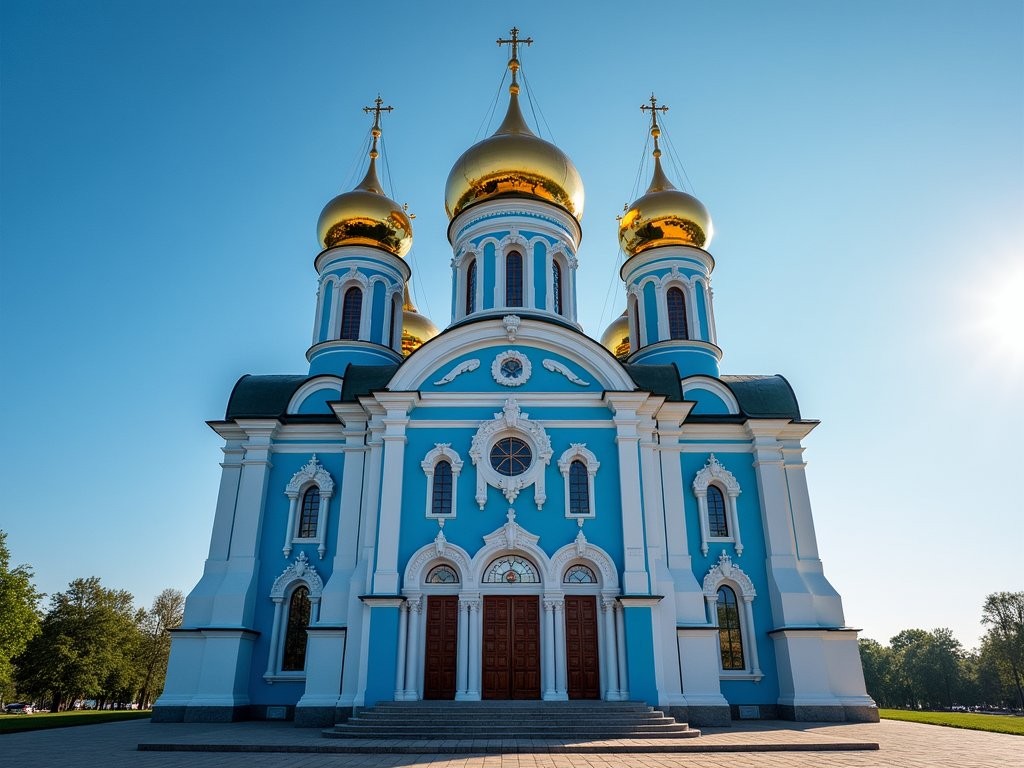
💡 Pro Tips
- Visit churches early in the morning to avoid tour groups and experience them in contemplative quiet
- Women should carry a scarf to cover their heads when entering Orthodox churches
- Purchase candles at church entrances to support restoration efforts—lighting one is also a meaningful cultural experience
Beyond the City: Day Trips to Lake Baikal
While Irkutsk itself deserves your full attention, its proximity to Lake Baikal—the world's deepest and oldest freshwater lake—demands at least one day trip. As a conservation-minded traveler, I was eager to experience this UNESCO World Heritage site that holds 20% of the world's unfrozen freshwater.
The lakeside village of Listvyanka lies just 70km from Irkutsk and makes for an accessible introduction to Baikal. The journey itself offers a fascinating transition from urban architecture to the rugged natural landscape that has shaped Siberian identity. Local marshrutka minibuses depart regularly from Irkutsk's central bus station, though I opted for a private guide to maximize my limited time.
The Baikal Museum in Listvyanka provides excellent context on the lake's unique ecosystem, including the endemic Baikal seal (nerpa)—the world's only exclusively freshwater seal species. As someone who has documented conservation efforts across multiple continents, I was impressed by the scientific rigor of the exhibits, if not always by the English translations.
For those with limited time, the panoramic viewpoint at Chersky Stone offers the quintessential Baikal vista. The 2km hike up from Listvyanka follows a well-marked trail through pine and larch forest. Even in summer, weather conditions can change rapidly around the lake, so I was grateful for my packable rain jacket when afternoon clouds rolled in unexpectedly.
After the hike, don't miss sampling the lake's famous omul fish, traditionally smoked and sold by local babushkas near the Listvyanka harbor. Paired with local bread and beer, it makes for a perfect lakeside lunch that connects you to centuries of local food traditions.
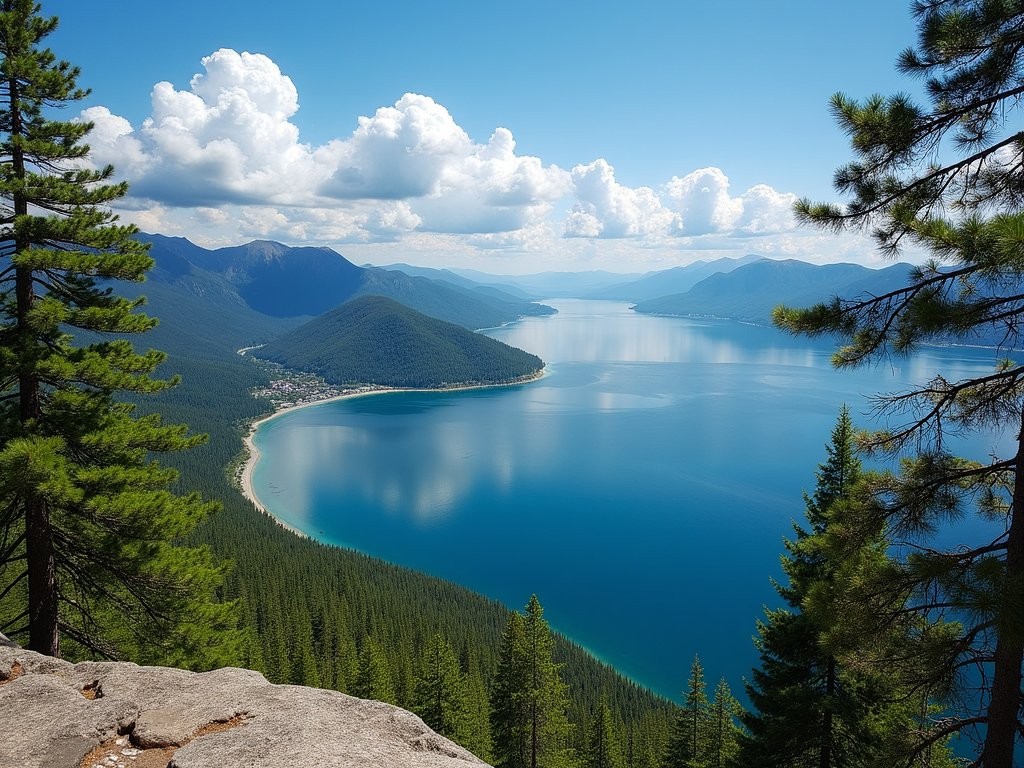
💡 Pro Tips
- Book transportation to Lake Baikal a day in advance during high season
- Bring cash for Listvyanka as ATMs are limited and many vendors don't accept cards
- Allow extra time for security checks at the Baikal Museum as bags are thoroughly inspected to protect the aquarium specimens
Practical Considerations: Navigating Irkutsk
Irkutsk presents an interesting blend of tourist infrastructure and authentic Siberian city life. While English signage has improved significantly in recent years, particularly around major attractions, having some navigation tools at your disposal enhances the experience considerably.
I found that offline maps are essential, as mobile connectivity can be spotty even in central areas. Before arrival, I downloaded the offline translation app with the Russian language pack, which proved invaluable for deciphering menus and having basic conversations with locals. The camera translation feature worked surprisingly well on museum placards and street signs.
Accommodation options span from Soviet-era hotels to charming guesthouses in historic wooden buildings. I opted for the 130 Kvartal district—a tastefully restored historical neighborhood with several boutique hotels. While slightly pricier than options further from the center, the ability to walk to major sites and immerse yourself in the architectural ambiance justifies the premium.
For transportation around the city, Irkutsk's tram system provides both practical mobility and a glimpse into local life. Single rides cost around 25 rubles (approximately $0.35 USD), making it an economical option. Ticket kiosks at major stops have English options, or you can pay the conductor directly on board.
Regarding safety, Irkutsk feels remarkably secure for visitors. The main tourist areas are well-patrolled, and I experienced none of the concerns that sometimes accompany travel in major Russian cities. That said, common-sense precautions apply: keep valuables secure, avoid displaying expensive camera equipment unnecessarily, and maintain digital copies of important documents.
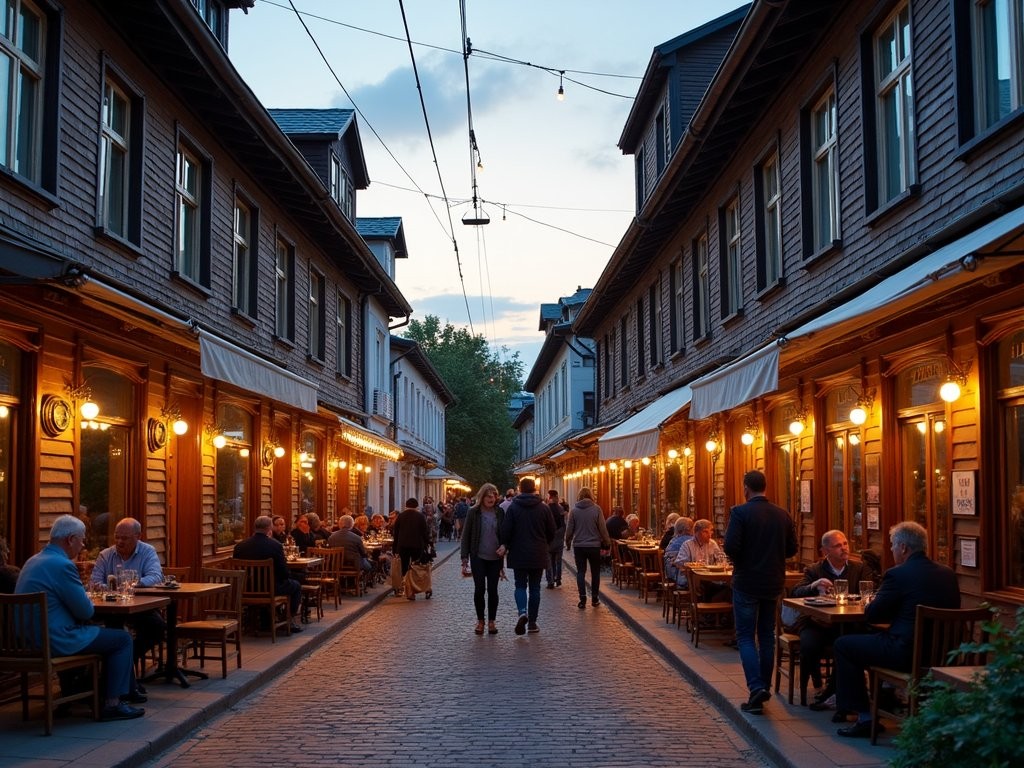
💡 Pro Tips
- Exchange some currency before arrival as airport exchange rates are unfavorable
- Register your stay with authorities through your accommodation (most hotels handle this automatically)
- Learn basic Cyrillic to help with navigation—even recognizing a few letters makes street signs more decipherable
Final Thoughts
As my week in Irkutsk drew to a close, I found myself lingering in a small courtyard near the Angara River, watching the interplay of light and shadow across carved wooden balconies that have witnessed centuries of Siberian history. This city defies the stereotypical vision of Siberia, offering instead a rich tapestry of cultural resilience and artistic expression that deserves far more international recognition than it receives. For couples seeking a destination that combines architectural splendor, compelling history, and natural majesty, Irkutsk provides a refreshing alternative to overcrowded European heritage sites. The city rewards those who approach it with curiosity and patience—each carved window frame, each restored church, each museum holds stories waiting to be discovered. As you plan your own Siberian journey, remember that Irkutsk isn't merely a gateway to Lake Baikal but a remarkable destination in its own right—one that will challenge your preconceptions and enrich your understanding of Russia's complex cultural landscape.
✨ Key Takeaways
- Irkutsk's wooden architecture represents a unique cultural treasure that rivals Europe's celebrated heritage sites
- The Decembrist story provides fascinating historical context for understanding Russian cultural development
- Summer visits offer ideal conditions for exploring both the city's architecture and nearby Lake Baikal
- Learning basic Cyrillic and Russian phrases significantly enhances the travel experience
📋 Practical Information
Best Time to Visit
June through August
Budget Estimate
$75-150 per day per couple (excluding flights)
Recommended Duration
5-7 days
Difficulty Level
Moderate
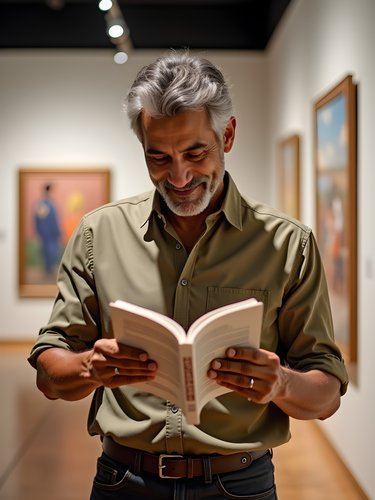
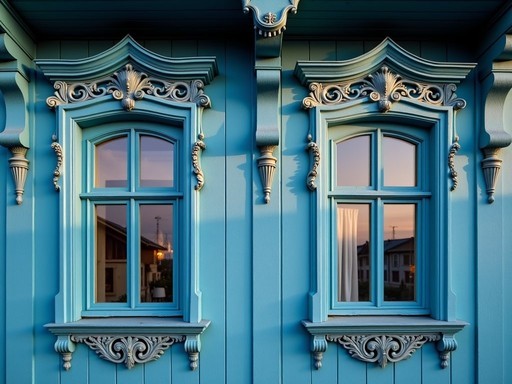
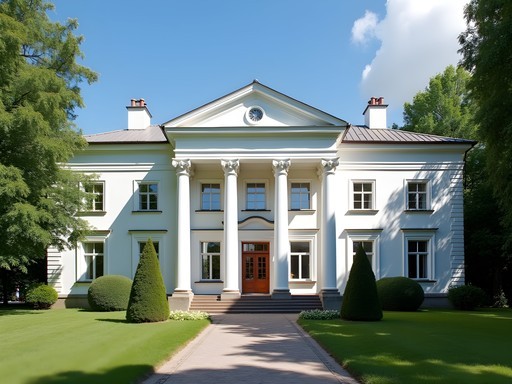
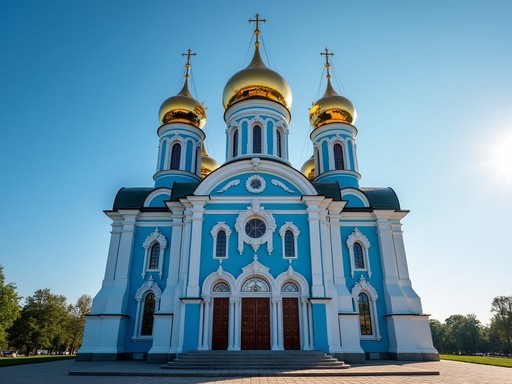
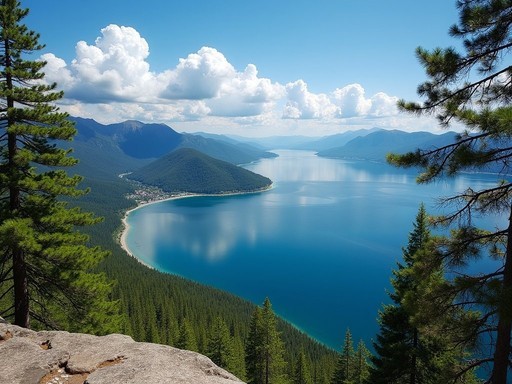
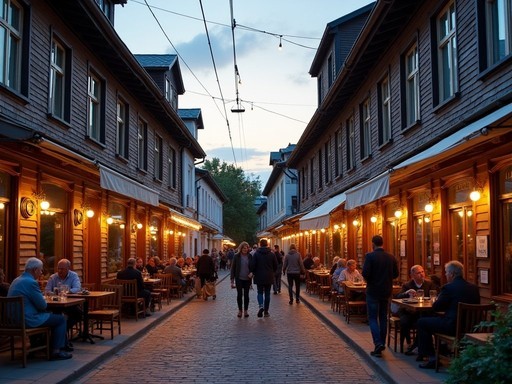








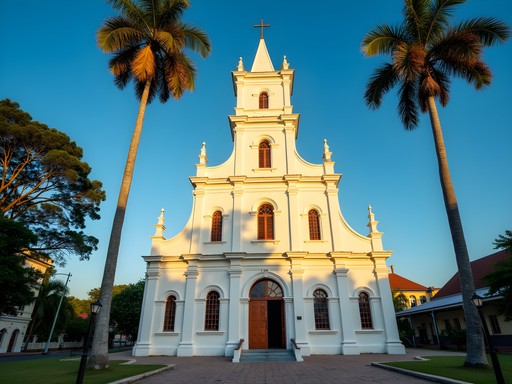
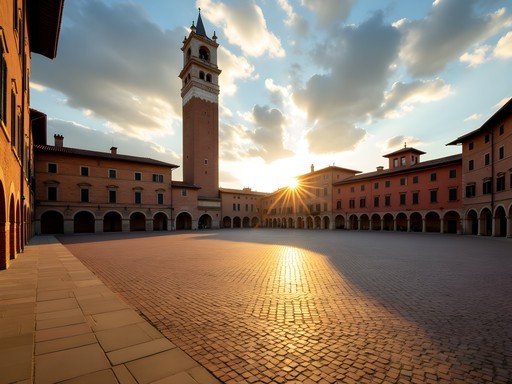
Comments
wanderlover
Just returned from the Trans-Siberian journey last month and spent 3 days in Irkutsk. Your description of the wooden architecture is spot on! We stayed in a guesthouse with those intricate carvings and it felt like stepping back in time. The 130 Kvartal area was so photogenic. Lake Baikal was freezing even in summer but absolutely worth it. We did the boat trip to Listvyanka - highly recommend for anyone planning to visit!
George Hayes
I took my family to Irkutsk and Lake Baikal last summer as part of our Trans-Siberian journey. The kids were absolutely fascinated by the stories of the Decembrists - it was like history coming alive for them. We stayed in a guesthouse run by a local babushka who made us traditional Siberian pelmeni every morning. If you're traveling with kids, I highly recommend the Taltsy Museum of Wooden Architecture just outside the city - it's like an open-air village where you can see how people lived centuries ago. My daughter still talks about the ice cream we had while watching the sunset over the Angara River. Amit, your description of the light filtering through the wooden latticework took me right back there!
Amit Sullivan
Thanks for sharing that experience, George! I missed Taltsy but it sounds wonderful. How long did you spend on the Trans-Siberian overall?
George Hayes
We did Moscow to Vladivostok over 3 weeks with stops in Kazan, Yekaterinburg, Irkutsk, and Ulan-Ude. Irkutsk was definitely the highlight!
mountaingal
Those blue church domes against the Siberian sky look incredible! Adding this to my bucket list for sure.
SiberiaFan
That shot of the wooden window frames with the morning light is perfect! Captures the essence of Irkutsk so well.
Dylan Turner
Excellent piece on Irkutsk, Amit. Having visited three times over the past decade, I've witnessed how this city has evolved while maintaining its historical core. The architectural preservation efforts are commendable compared to many Russian cities. Your section on the Decembrist heritage was particularly insightful - the House Museums offer a fascinating window into that period of Russian history. For those planning a visit, I'd recommend allocating at least 4-5 days to fully appreciate Irkutsk before heading to Lake Baikal. The Baikal Museum in Listvyanka is worth the day trip alone. Did you manage to visit the Taltsy Museum of Wooden Architecture outside the city? It's an excellent complement to the urban wooden buildings.
Amit Sullivan
Thank you for the thoughtful comment, Dylan! I did visit Taltsy - it was actually one of my highlights! I ran out of space to include it in detail in this post, but I'm planning a follow-up specifically about day trips from Irkutsk.
dreamone
How difficult was it to get the visa for Russia? I've heard it's quite complicated. Would love to see those wooden buildings!
Hunter Thompson
It's not as bad as people make out! You need an invitation letter (most hotels can provide this) and the visa process takes about 2-3 weeks. I used this visa service which made things much easier. Worth every penny for seeing places like Irkutsk!
Amit Sullivan
I'd agree with Hunter - the process is straightforward but does require planning ahead. Make sure your passport has at least 6 months validity beyond your trip dates!
Hunter Thompson
Mate, this brings back memories! I backpacked through Siberia last summer and Irkutsk was definitely a highlight. The Trans-Siberian railway journey there was epic. For anyone planning to go - the city is way more vibrant than you'd expect! Those wooden houses are like something from a fairytale, especially in the Decembrist area. Pro tip: there's a brilliant little coffee shop called 'Engineeria' near the Warsaw Hotel that does amazing pastries and the best Americano I had in Russia. Perfect spot to warm up on those chilly Siberian mornings!
oceanlegend
Those wooden houses with the intricate carvings are absolutely stunning! I visited Irkutsk last year and was blown away by how different it felt from what I expected of Siberia. The mix of Asian and European influences was fascinating. Did you get a chance to try the local Buryat food? The buuzy (meat dumplings) were amazing!
Amit Sullivan
Thanks for reading, oceanlegend! Yes, I tried buuzy at a small family restaurant near the central market - absolutely delicious! The wooden architecture really is the city's defining feature, isn't it?
oceanlegend
Absolutely! I took about 500 photos just of the window frames alone 😂
travelbug42
How many days would you recommend for Irkutsk itself? Is it worth stopping there if I'm mainly interested in Lake Baikal?
Amit Sullivan
I'd say 2-3 days for Irkutsk is perfect. And yes, absolutely worth it even if Baikal is your main destination! The city has so much character and history that complements the natural beauty of the lake. Plus, it's a great place to arrange tours and transportation to different parts of Baikal.
travelbug42
Thanks! That's really helpful. Planning for next summer!
skynomad
The churches that survived Stalin - what a powerful section. History preserved against all odds.
Venture X
Premium card with 2X miles, $300 travel credit, Priority Pass